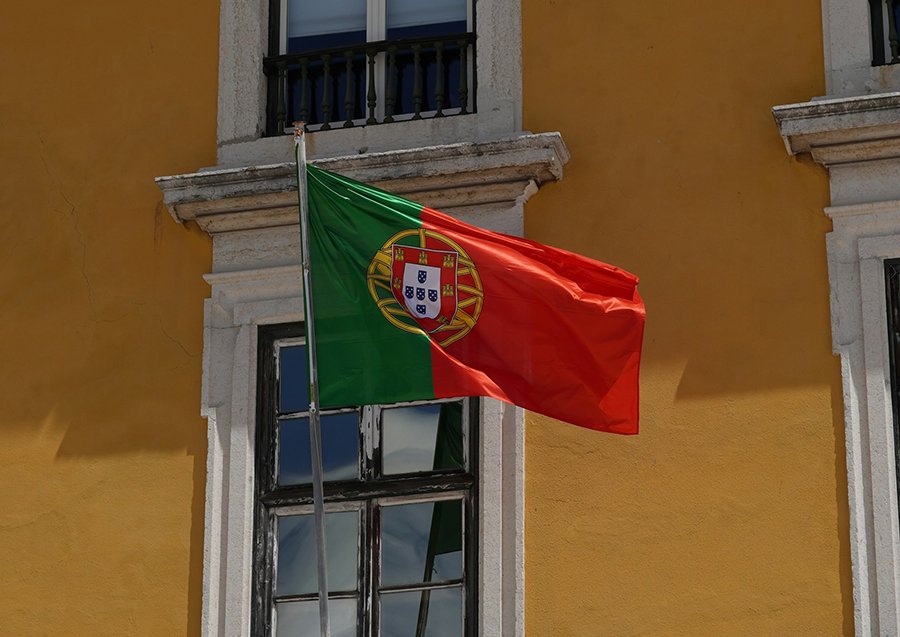читайте также
 Ten Years to a Passport: New Citizenship Rules in Portugal
Ten Years to a Passport: New Citizenship Rules in Portugal
 Top 25 World Economies 2025: Who Shapes Global Growth
Top 25 World Economies 2025: Who Shapes Global Growth
 “Season of Strict Rules”: How Cities Around the World Are Tightening Short-Term Rental Laws — And What It Means for Guests, Hosts, and Investors
“Season of Strict Rules”: How Cities Around the World Are Tightening Short-Term Rental Laws — And What It Means for Guests, Hosts, and Investors
 Turkey to Double the Tax Burden on Landlords
Turkey to Double the Tax Burden on Landlords
 Europe Calls — and Pickpockets Answer: Where Tourists Face the Greatest Risks in 2025 and How Not to Become a Victim
Europe Calls — and Pickpockets Answer: Where Tourists Face the Greatest Risks in 2025 and How Not to Become a Victim
 Thailand to Deport Russians and Crack Down on Visa Runners
Thailand to Deport Russians and Crack Down on Visa Runners
Billionaires of the 21st Century: The Origins of Wealth and New Priorities

The greatest surge of new billionaires in recent years has occurred in industry and technology, according to a joint report by Knight Frank and Forbes, which analyzed data on 2,700 of the world’s richest individuals. The study also highlights how the geography of wealth is shifting — and how priorities are evolving among the new generation aged 18–35.
Global Wealth Structure
The total wealth of the world’s billionaires exceeded $5.7 trillion in 2024. According to Knight Frank and Forbes, the largest fortunes are concentrated in finance and investments, with 427 billionaires. They are followed by technology, and by fashion and retail, which together produced nine fortunes exceeding $50 billion each.
The average billionaire is around 65 years old, and only four people under 30 made the list.

Since 2014, the highest number of new billionaires have emerged in industry (509), followed by technology (443), finance and investment (353), fashion and retail (318), healthcare (284), real estate (228), and media (110). This indicates that while the real economy remains the main growth driver, the largest capital accumulations still belong to finance and tech.

Women continue to represent a small share of global billionaires — just 13%, with a combined wealth of $1.7 trillion. The world’s richest woman is Françoise Bettencourt Meyers, the L’Oréal heiress, worth $99.5 billion. Among self-made women, Rafaela Apostol-Diamantis leads with $3.3 billion.
At the top of the global ranking are Bernard Arnault and family ($233B), Elon Musk ($195B), Jeff Bezos ($194B), Mark Zuckerberg ($177B), and Warren Buffett ($133B). Mukesh Ambani leads in energy ($116B), and the Thomson family in media ($67.8B).
There are now 14 individuals with fortunes exceeding $100 billion, collectively holding over $1.2 trillion.
Geographically, the United States still dominates, home to more than a third of the world’s billionaires with a combined wealth of $5.7 trillion. China and Hong Kong together account for $1.76 trillion, India for $950 billion, France for $670 billion, and both Germany and Russia for $540 billion each.
Canada and Italy each hold around $300 billion, while Brazil and the United Kingdom follow with $230 billion apiece.


The 18–35 Generation: Freedom, Mobility, and Meaningful Spending
A generational shift is reshaping global wealth. In the early 2000s, most major fortunes belonged to the Greatest and Silent Generations. Today, Baby Boomers still control over a quarter of total wealth, but the influence of Generation X and Millennials is rising rapidly. The first fortunes of Generation Z are now emerging.
A global survey of 1,788 respondents aged 18–35 reveals new behavioral patterns among the wealthy.
More than half of those earning between $250,000 and $500,000 work primarily from home; among individuals earning over $1 million, the figure is close to 50%. Remote work has become a standard model for young high-net-worth individuals, reflecting flexibility and control over their schedules.

Mobility increases with income. Almost half of respondents with less than $500,000 live within 25 km of their workplace, while those earning between $500,000 and $1 million are often 75–100 km away or more. Among those earning over $1 million, about 20% live 200 km or farther from their office. Work, for them, is no longer tied to a specific location.
What Young Wealth Chooses
Among lifestyle priorities, travel ranks first (22%), followed by health and wellness (20%), education (18%), culture (13%), family experiences (10%), fine dining (9%), and sports and adventure (8%).
For those earning above $1 million, health overtakes travel as the top priority.

71% of respondents own their home, while 12.4% still live with parents.
Property remains the ultimate status symbol: 29.8% of participants want to buy a luxury home, followed by luxury cars (27.8%), private jets (15.1%), art collections (12.4%), superyachts (8.9%), and fine wine (4.4%).

When it comes to investments, men prefer stocks (25.7%), while women favor real estate and cash (22% each).
Cryptocurrencies and digital assets remain secondary but still attract interest from both genders.
The study also notes a shift toward personalized spending:
Most respondents find the $10,000–50,000 range comfortable for in-store purchases, while 21% cite $50,000–100,000 as typical. Large purchases above $100,000 are still made mostly offline, yet even luxury bags and watches are increasingly bought online.
Conclusion
The data from Knight Frank and Forbes paint a dual picture:
- Major fortunes still belong to older generations and traditional industries, but the 18–35 demographic is reshaping global wealth through new values.
- For them, health, mobility, and experience matter more than visible luxury. Their investment approach blends real estate and equities with digital assets — a balance of stability and innovation that will define wealth distribution for decades to come.
Подсказки: billionaires, wealth, Knight Frank, Forbes, global economy, investment, industry, technology, finance, luxury, millennials, generation Z, real estate, health, mobility





